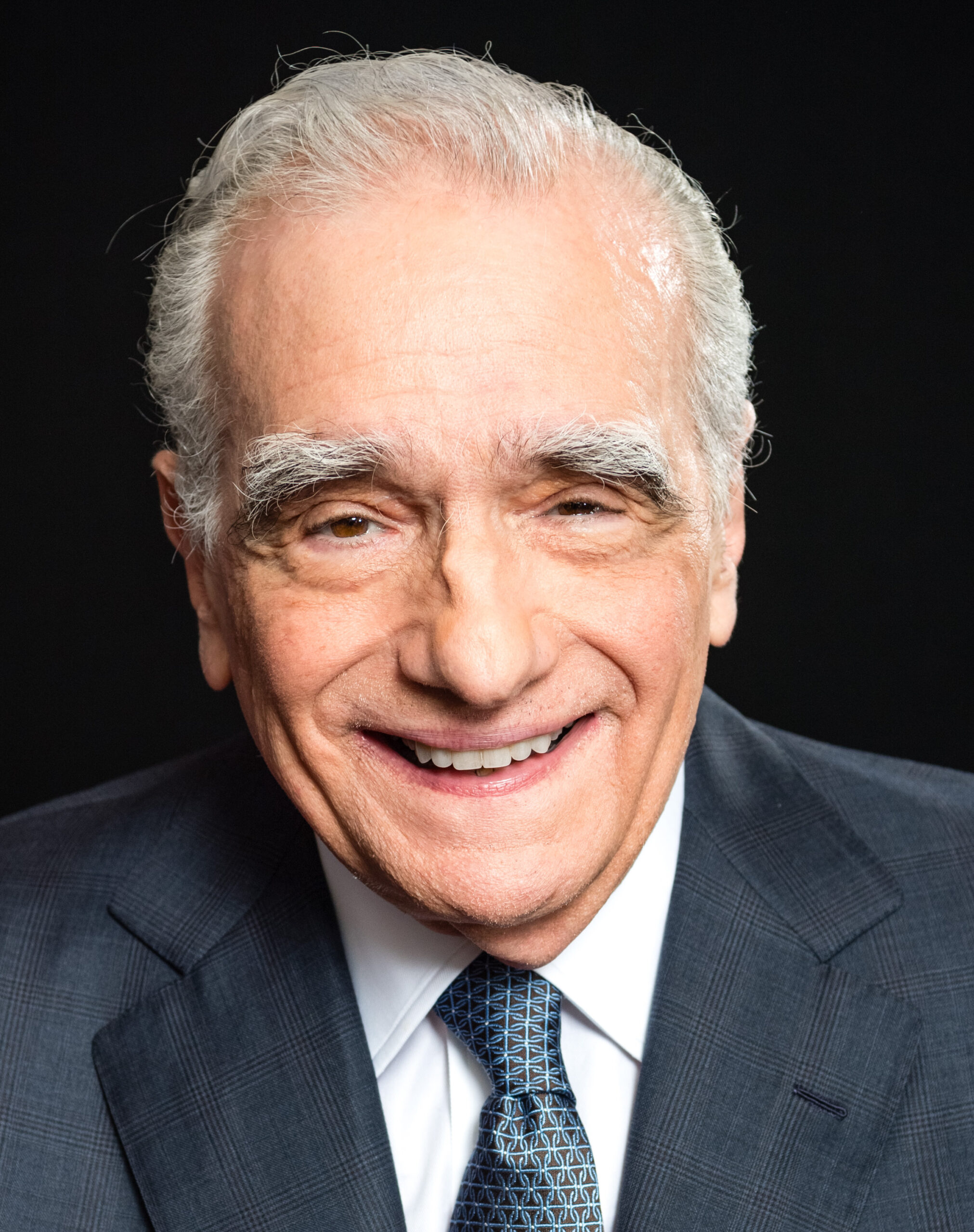
The veteran Hollywood film director Martin Scorsese’s life is apparently somewhat reminiscent of the great American dream of a new kid on the block overcoming odds and gaining material success, a humble background notwithstanding. But as one looks at the vast body of his works in celluloid one is left in no doubt that the man from the mean streets of Lower Manhattan, a New York suburb was not in pursuit of mere commercial triumph but something that far outlasts it- a place of honour in the hall of fame of world cinema.
Scorsese whose 81st birthday was on November 17 had the offer of priesthood for a career. He chose a road less travelled and yet attained what he sought for, the satisfaction of being a great film maker. His Indian connection surfaces in the choice and the single minded pursuit of a career. It is by his own admission that one learns that Satyajit Ray’s Apu trilogy having an effect on him.
Ray had etched out Pather Panchali from the huts and fields of Boral, a sleepy neighbourhood in the southern suburbs of what was then called Calcutta. Scorsese too drew the topics of his films from his neighbourhood of Little Italy, the ghetto where the immigrants from the sunny olive grove dotted Italian villages make a beeline for when they arrive in the New World in search of a better life.
An asthmatic childhood with an inexpensive television set as a company at home (both his parents worked in a neighbourhood garment factory) and stepping out to a rundown film theatre marked out his path of a steep climb to the heights of glory. It came back in Scorsese’s maiden film “”Who’s That Knocking At My Door” when the principal protagonists out on their first date sits on a concrete bench and talks of old Western films they had earlier seen.
Just like “Pather Panchali”, according to Scorsese has Indianness in its flesh and bones is yet meant for world audience , so were the early films of the man from Little Italy. It is a Manhattan suburb where Italian immigrants are in a majority clinging to their old customs, a malevolent presence of the Mafia is palpable, fisticuffs break out and yet friendships are renewed among individuals who had been at each other’s a little while ago.
Scorsese’s films have often been about him, alive and inviting even if they are about mobsters and monsters. They are work of a true believer. Such scenes of violence were part of “Mean Streets” Scorsese’s second film. Library of Congress while recommending its order action in National Film Registry hailed it as “culturally, historically and aesthetically significant.”
The daily lives of the inhabitants of Little Italy comes alive in the silver screen thanks to the efforts of a local boy. It is not dissimilar to Ray’s efforts decades earlier portraying the joys and sorrows of a little family of the village of Nischindipur before an international audience and earning kudos for it.
Western film genre is part of Scorsese’s cinematic roots returning in the movie Killers of the Flower Moon. In this film, Scorsese shatters the supposedly god gifted right of a white, reckless, conscientious male on whatever is on the land and underneath in a north American landscape reminiscent of the backdrop of The Great Train To Robbery, another American classic in celluloid.
If one dubbed Scorsese’s films to be wrapped around mobs and Little Italy, he needs another think coming. The King of Comedy is a film which portrays a journey from reality to delusion in which the director casts Robert De Nero in an effortless role of a walking embarrassment, a far cry from the sharp and about it roles he usually essays.
It is De Nero again in the role of a boxer portraying raw brutality with close resemblance to a caged breast. He enacts the role of a chest thumping savage who under Scorsese’s direction finds peace in beating someone’s brains in or someone doing it to him in scenes that remain poetic and horrific works of art.
Scorsese teams up with De Nero again in Taxi Driver where the actor drives a cab alone at night to prepare for the role and is dangerous in a way on screen even he cannot quite understand. The film feels familiar every passing day provides altogether a new hellscape..
Scorsese has made many classic films which are seen as masterpieces. No two people will agree which are which. There is very little “worst” in his films. Because Scorsese’s films are always made with care and almost religious fervour. His films have always been a part of his mindset. Small wonder, they are passionate, deeply personal works that list his obsession, riffling on religion and spiritual torment.
Scorsese’s films rarely feel cut off from the world. They are fully engaged with their specific milieus, be it Tibet or Little Italy. There were a few cinematic ambitious misfires of imperfect curiosities in Scorsese’s oeuvre. As he turned 81, his rightful place is behind the camera and not the pulpit. Scorsese’s message to the audience is better conveyed through his efforts on the screen. He had rightly rejected priesthood and chosen a better calling. (IPA Service)
The post Looking At The Great Works Of The Hollywood Filmmaker Martin Scorsese first appeared on Latest India news, analysis and reports on IPA Newspack.


